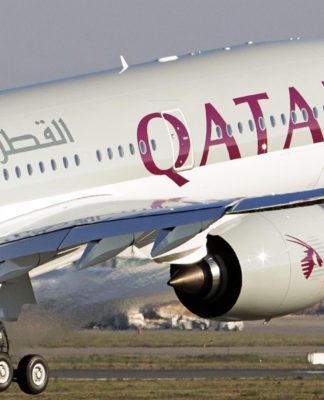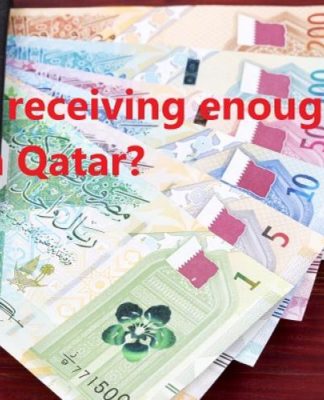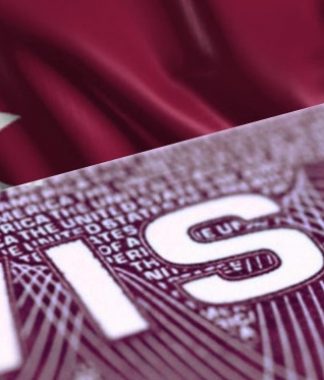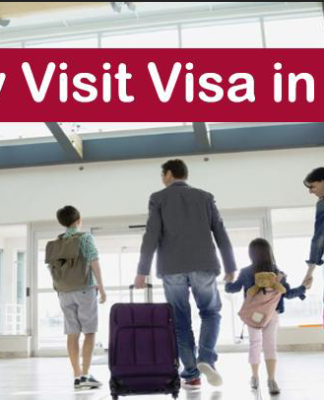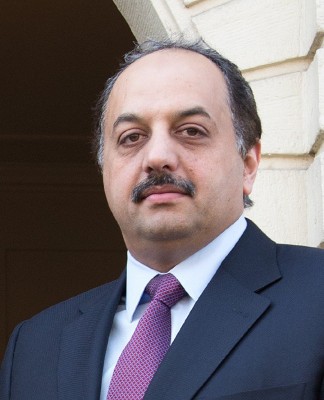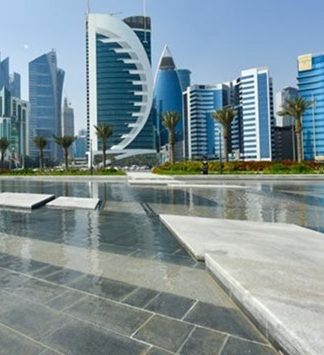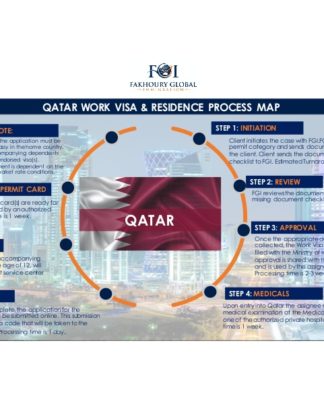All the thorny questions the EU needs to answer to make ‘return hubs’ a reality
The EU intends to explore the idea of setting up ‘return hubs’ for rejected asylum seekers.
Copyright Cecilia Fabiano/LaPresse
By Jorge Liboreiro & Video by Gregoire Lory
Published on 22/10/2024 – 7:00 GMT+2•Updated 8:23
Share this article
Comments
The project of establishing “return hubs” for rejected asylum seekers faces a myriad of challenges, including potential conflicts with international law.
The European Union must outsource parts of its migration policy – or at least try. That was the main message of the 27 EU leaders when they met last week in Brussels and agreed to explore “new ways” to curb irregular migration.
The endorsement was deliberately vague to ensure as much room for maneuver as possible. Still, there was one particular idea that had everybody, including Ursula von der Leyen, thinking and talking: “return hubs.”
“It’s not trivial but this is a topic that is being discussed,” the European Commission president said, confirming the “hubs” are officially on the table.
The plan, which has yet to be detailed, will cover asylum seekers whose applications have been denied and are therefore not entitled to stay in the bloc.
While nationals from Syria, Eritrea, Ukraine, Mali and Afghanistan have high chances of receiving protection, others, like those from Pakistan, Bangladesh, Senegal, Nigeria and Venezuela, have a recognition rate below 20% and are, in most cases, turned down.
Today, a rejected applicant stays in a member state until deportation is carried out. However, under the new scheme, some (or even all) of these migrants could be transferred to facilities located outside EU territory, to await their final removal.
The project might look rather straightforward but it faces a myriad of legal, economic and operational challenges that might make it impossible to become the success story leaders envision.
Here are some of the questions the EU needs to answer.
Where will the hubs be located?
To make the untested plan a reality, Brussels will need to find a non-EU country willing to host the hub inside its territory.
Previous attempts at outsourcing show a preference for low-income nations. The UK and Denmark explored controversial schemes with Rwanda that never came to fruition. Italy signed a long-term protocol with Albania to build and manage two processing centres in the Balkan country. Last week, the Netherlands floated a project to send asylum seekers to Uganda once they have exhausted all legal avenues.
These are all bilateral deals and it is unclear which nation would be open to hosting a hub at the EU level, which would entail receiving asylum seekers rejected from any of the 27 member states. Tirana has already warned its arrangement is “exclusive’ to Rome.
“EU countries are talking about this as if you can just decide what happens outside of the EU but we’re talking about independent countries that have their own interests,” said Eva Singer, the director of the asylum department at the Danish Refugee Council.
“I don’t see why these countries would accept taking over the responsibility from Europe. I also foresee, if this were to happen, an extreme use of force to get rejected asylum seekers to board planes towards these countries.”
How much will the hubs cost?
It is fair to predict the EU will foot the entire bill for the construction and administration of the “return hubs,” exempting the host country from any financial burden.
The potential cost of the operation is anyone’s guess. The two centres that Italy has opened in Albania have an estimated budget of €670 million for the next five years. Rome’s stated goal is to process up to 36,000 asylum applications annually.
But extrapolating the Italian case to the EU level is misleading because the Italian hubs are, first and foremost, meant to quickly process applications and decide who is entitled to international protection. They are not designed to provide long-term accommodation for rejected asylum seekers, a purpose that would consume more time and resources.
Adding to expenses will be the demands from the partner country. The EU has signed sizable deals with Tunisia and Egypt to prevent migrant vessels from departing, promising millions in financial assistance and investments in return. A similar arrangement might be designed to compensate the country for hosting the “return hubs.”
At any rate, a hefty bill should be expected. If Brussels is really serious about the plan, it will need to factor it into the next EU budget, which will run from 2028 to 2032.
How long will migrants be kept in the hubs?
Transferring migrants to a “return hub” will amount to detention because they will not be permitted to leave the premises until the deportation is completed.
Under current EU law, member states are allowed to keep rejected asylum seekers in detention if the migrant is at risk of absconding (that is, escaping law enforcement) or if they are obstructing the deportation process.
The Return Directive establishes a maximum of one year for detention, with provisions to ensure judicial supervision across the process. The European Commission has promised to table a new revision of the directive (the previous attempt got stuck in the Parliament) which could pave the way for extended detention periods.
The longer migrants are kept in external facilities, the higher the risk of suffering human rights violations, says Olivia Sundberg Diez, a migration expert at Amnesty International, warning outsourcing could leave migrants “in an unbearable legal limbo.”
“When we talk about ‘return hubs,’ often this means sending asylum seekers from the EU to countries to which they have no connection, in which they have never set foot, where they may possibly linger in detention,” Sundberg Diez said.
What will happen if deportation fails?
This question, closely linked to the previous one, is the very reason why leaders are talking about “return hubs” in the first place.
For years, the EU has struggled to carry out successful deportations due to a complex web of factors, such as legislation (different approaches), administration (return orders are not recognised between member states), law enforcement (authorities lose sight of the migrants) and diplomacy (countries of origin refuse to take back their nationals).
This has left the bloc with a sluggish rate of between 20% and 30%, meaning the vast majority of the 100,000 return orders issued every quarter do not lead to deportation. The constant failure has frustrated leaders and fuelled calls for “innovative solutions.”
But setting up “return hubs” does not necessarily mean deportations will become more effective – it only means that rejected asylum seekers will be kept outside the EU and, therefore, away from the public eye.
It is entirely possible that migrants will be sent to the hubs and remain stuck there because their home countries do not want them back or because the conditions do not allow a safe, dignified deportation. This is why, in parallel to the hubs, the Commission has vowed to revise the concept of “safe third countries” and use additional tools (visa issuance, trade policy, development aid) as leverage to convince nations to cooperate.
Will the hubs be legal?
The legality of outsourcing migration has been greatly disputed. The UK-Rwanda plan was challenged at the British Supreme Court before it was scrapped. Most recently, the first transfer of migrants under the Italy-Albania protocol was revoked by the judges in Rome, who argued Bangladesh and Egypt could not be considered “safe” enough.
Brussels will have to bulletproof its proposal for “return hubs” to prevent the idea from falling apart before the European Court of Justice.
In a 2018 document, the Commission found that “externally-located return centres” would be unlawful because EU law prevents sending migrants “against their will” to a country they do not come from or have not passed through.
Even if the bloc revised its rules, the document said, it would still risk violating the principle of non-refoulement, which forbids authorities from deporting migrants to nations where they could face persecution, torture or any other form of ill-treatment.
“It is questionable whether this scenario is in line with EU values,” the document said.
Brussels will likely face another roadblock: international law. The EU treaties draw anexplicit link with the 1951 Refugee Convention, which says “refugees should not be penalised” solely because they seek asylum, while the European Convention on Human Rights (ECHR) puts strict limits on detention to ensure humane treatment.
“A concept such as return hubs potentially undermines certain human rights standards, such as due process and access to asylum procedures,” says Florian Trauner, dean of the Brussels School of Governance, noting the EU could sign a “non-binding political commitment” with the host country to, at least, escape the ECJ’s oversight.
“It all depends on how the concept will be implemented.”
















